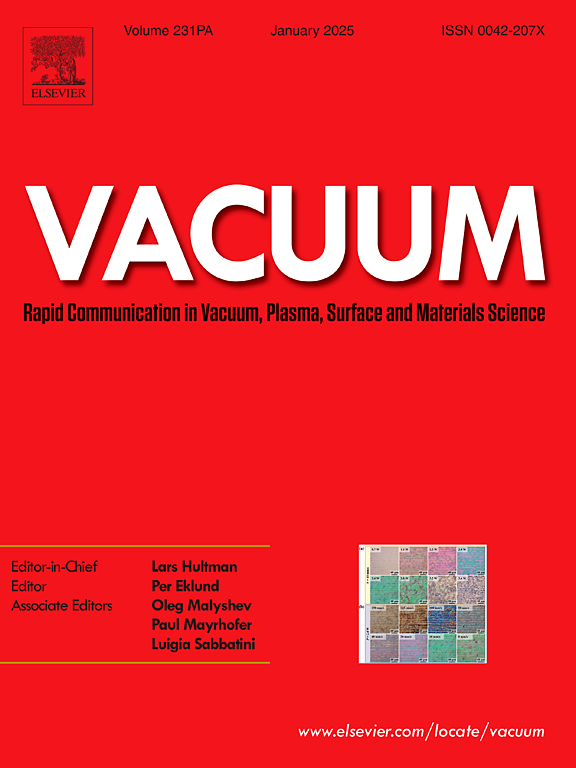Effects of annealing temperature on microstructure, optical, and optoelectronic properties of Ga2O3:F-Nb films
IF 3.8
2区 材料科学
Q2 MATERIALS SCIENCE, MULTIDISCIPLINARY
引用次数: 0
Abstract
This study successfully prepared Ga2O3:F-Nb films using the dual-target radio frequency co-sputtering technique and systematically investigated the effects of annealing temperature on the microstructure, optical, and optoelectronic properties of the Ga2O3:F-Nb films. The optimal annealing temperature for the Ga2O3:F-Nb films was found to be 400 °C, at which their MSM devices exhibited better performance. Additionally, when the annealing temperature was ≥600 °C, substrate mismatch and significant F loss led to film cracking or degraded device performance. Introducing a Ga2O3 transition layer partially addressed the substrate mismatch issue and restored the photoelectric response of the device. As the annealing temperature increased, the films' optical band gap widened and their crystalline quality improved. This enhancement in crystallinity was attributed to the reduction of oxygen vacancies during annealing. This study provides data and new insights for the research of multi-element doped Ga2O3 materials.
求助全文
约1分钟内获得全文
求助全文
来源期刊

Vacuum
工程技术-材料科学:综合
CiteScore
6.80
自引率
17.50%
发文量
0
审稿时长
34 days
期刊介绍:
Vacuum is an international rapid publications journal with a focus on short communication. All papers are peer-reviewed, with the review process for short communication geared towards very fast turnaround times. The journal also published full research papers, thematic issues and selected papers from leading conferences.
A report in Vacuum should represent a major advance in an area that involves a controlled environment at pressures of one atmosphere or below.
The scope of the journal includes:
1. Vacuum; original developments in vacuum pumping and instrumentation, vacuum measurement, vacuum gas dynamics, gas-surface interactions, surface treatment for UHV applications and low outgassing, vacuum melting, sintering, and vacuum metrology. Technology and solutions for large-scale facilities (e.g., particle accelerators and fusion devices). New instrumentation ( e.g., detectors and electron microscopes).
2. Plasma science; advances in PVD, CVD, plasma-assisted CVD, ion sources, deposition processes and analysis.
3. Surface science; surface engineering, surface chemistry, surface analysis, crystal growth, ion-surface interactions and etching, nanometer-scale processing, surface modification.
4. Materials science; novel functional or structural materials. Metals, ceramics, and polymers. Experiments, simulations, and modelling for understanding structure-property relationships. Thin films and coatings. Nanostructures and ion implantation.
 求助内容:
求助内容: 应助结果提醒方式:
应助结果提醒方式:


